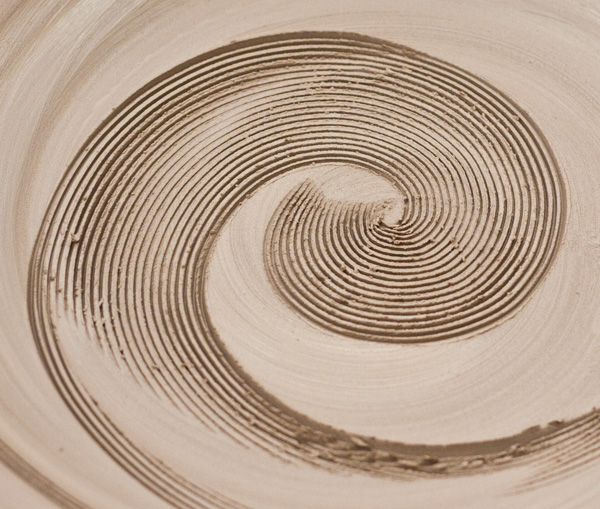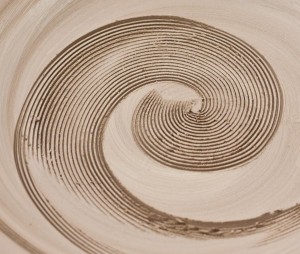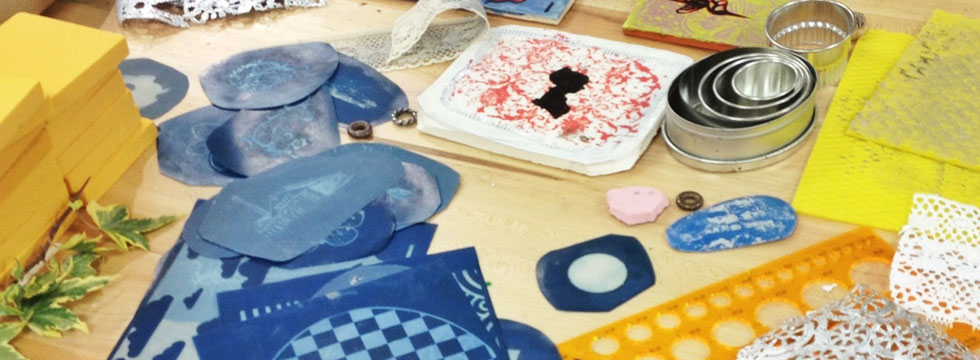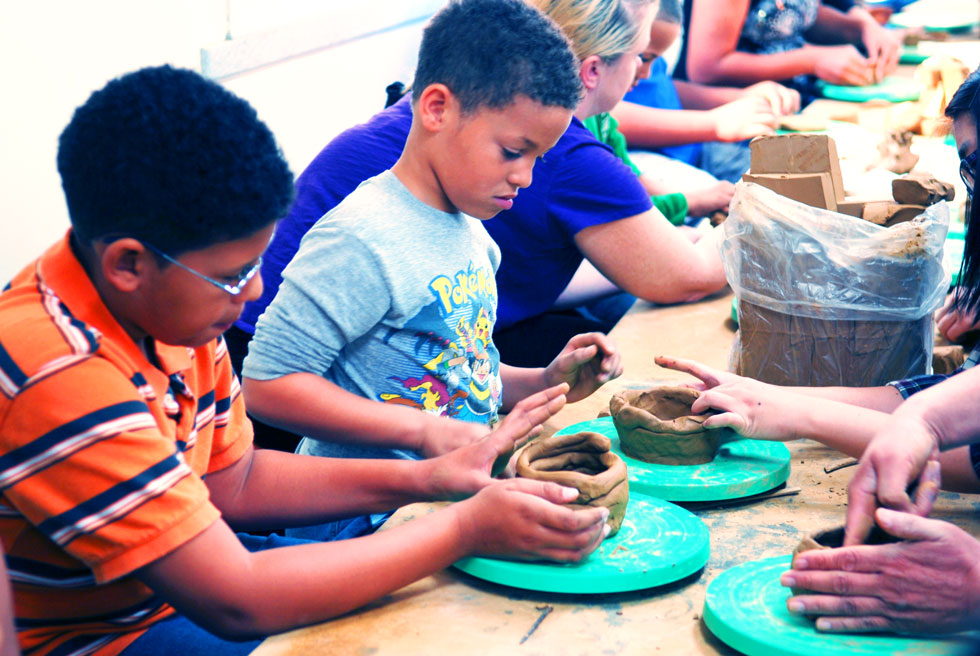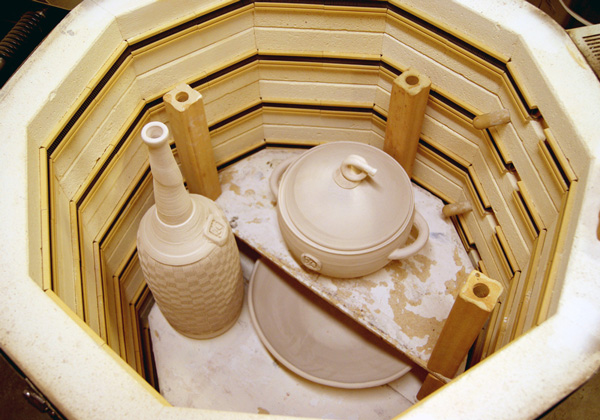Dirt. Mud. Clay. In the vernacular it can be kind of relative.
But for ceramicists, clays are a mixture of minerals and organic matter. They can be naturally occurring, like clays dug out of the ground, or commercially mixed, like those found at a pottery supply store. Commercially mixed clays are often blends of fire, ball and kaolin clays.
Types of Clay
Both commercially mixed and naturally dug clays contain a mix of three clays: fire clay, ball clays, and kaolins.
Fire clay is a rougher particle clay that adds structural strength to clay bodies. Because of its higher maturing temperature, it can be added to a clay body to increase its firing range. It often contains mineral impurities and fires mottled with speckles.
Ball clays are very plastic, workable, fine particle clays with very few mineral impurities. It has a very high shrinkage rate, so it can’t be used on its own. Ball clay’s plasticity lends itself to throwing clays.
Porcelains, also known as kaolins, are known for their very low mineral impurity. They fire off-white to pure white. Their particles are similar in size and shape. The similarity in particle size leaves them “short”, or likely to tear when stretched, or slump when too much water is applied.
In a clay body, changing the proportions of the different types of clays enhance the working characteristics. A sculptural body often has fire clay has a base. Smooth, tight white throwing bodies are often blends of kaolins and ball clays. Using this knowledge, you’ll be able to modify the working and firing properties of your clay.
 ClayGeek Clay — it's what we do.
ClayGeek Clay — it's what we do.
